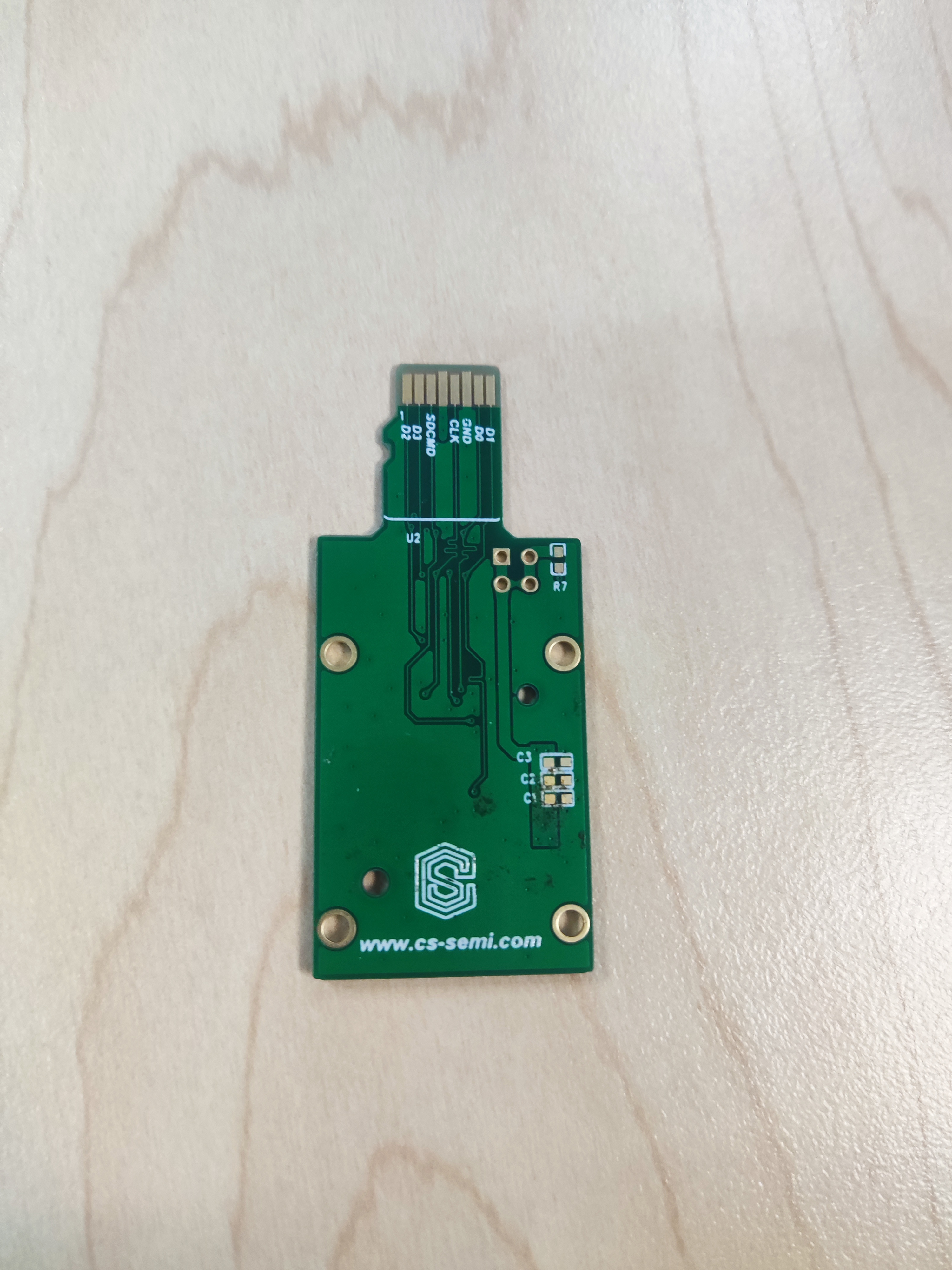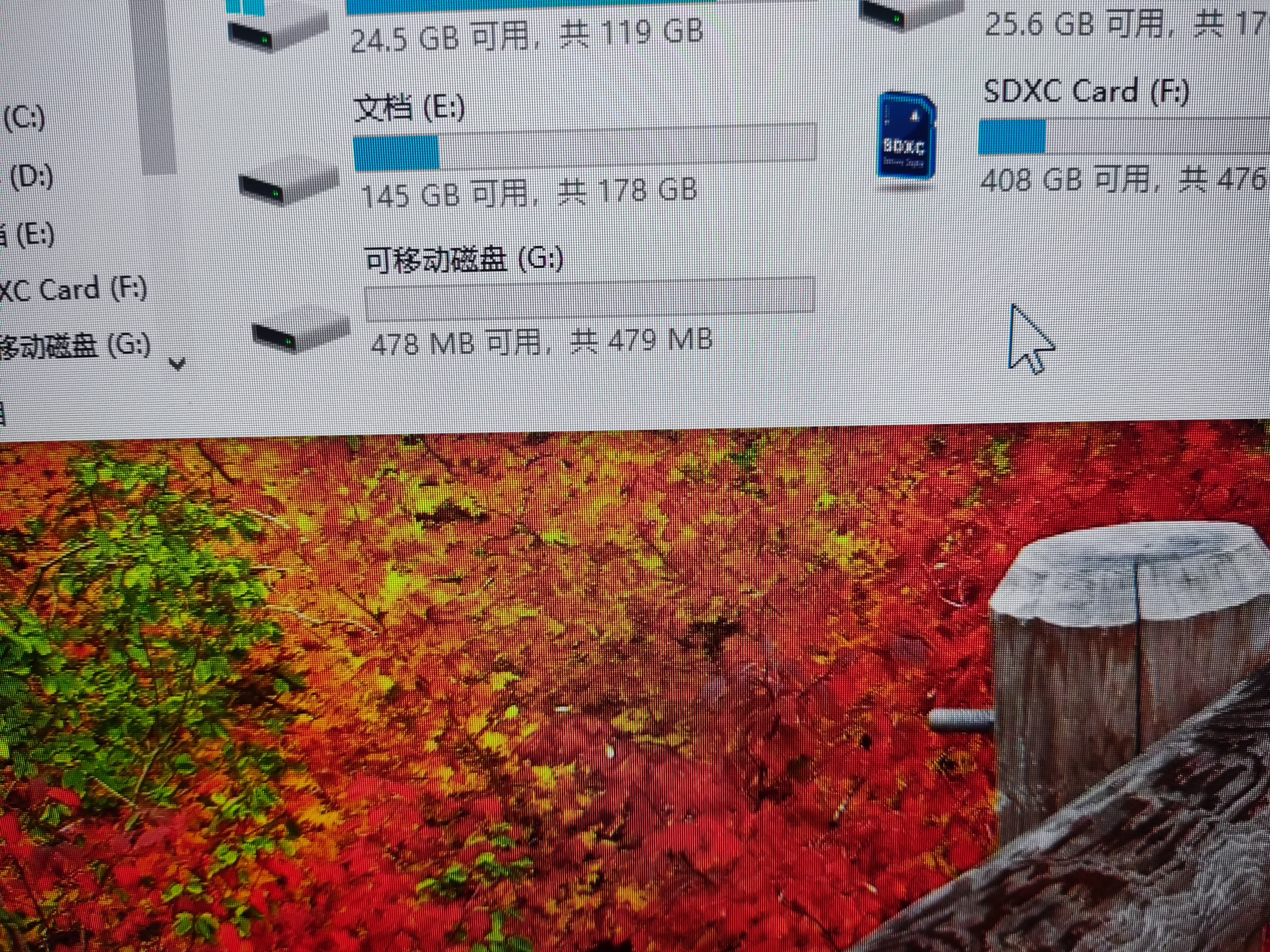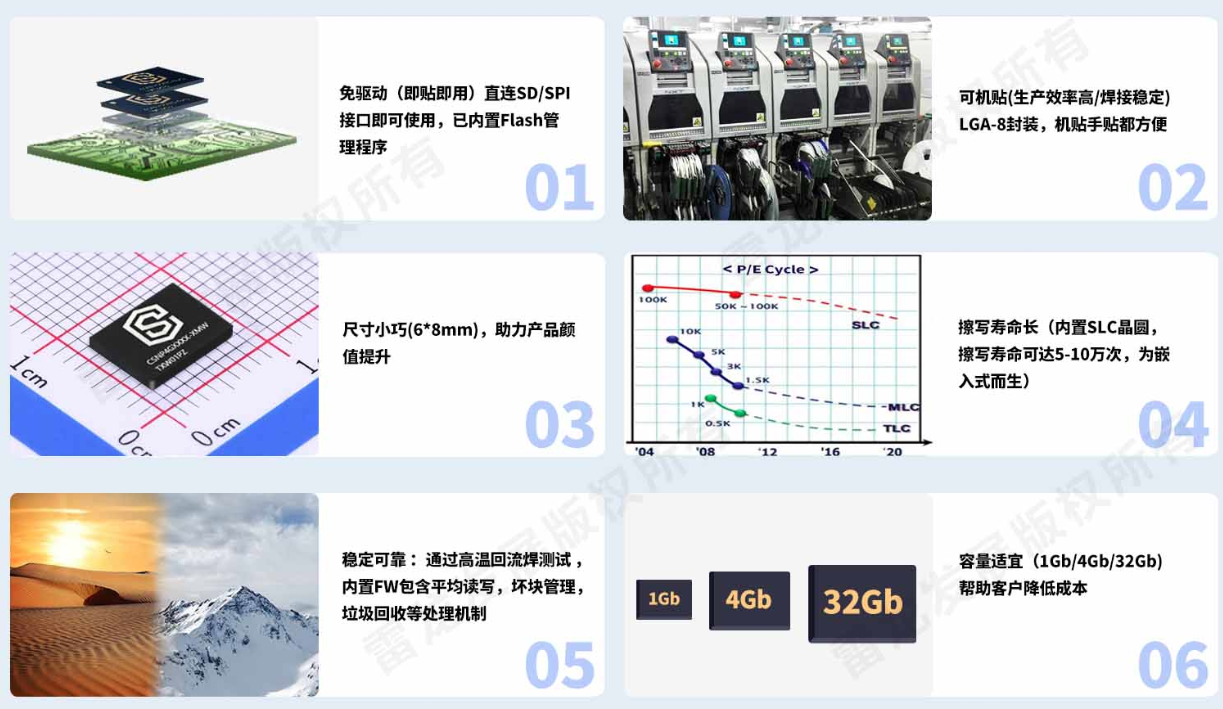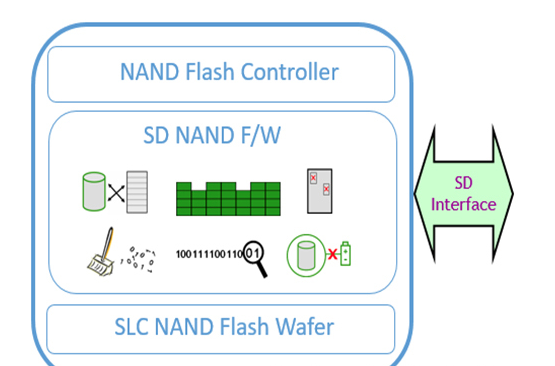Article directory
Preface
With the rapid development of the current era, even projects using MCU often have the need for big data storage. You can see that some friends often ask questions like this:
Hello everyone, is there any SD card chip that can be soldered directly to the PCB board?
The project needs to save more than 900M bytes, and nand flash is relatively expensive. Or is there any cheap memory chip available. Thanks!
The traditional approach is nothing more than the following:
1. It uses an eMMC chip and is basically compatible with the SD interface, but the details are different. The general operating system can support it.
2. Toshiba or who else has soldered embedded SD modules? They are expensive.
3. Do the packaging of the TF card, directly tinned and soldered manually.
In fact, there is another option 可贴片SD卡.
Traditional SD card and SMD SD card
Traditional SD card
Compared with removable SD cards, traditional SD cards have some disadvantages, including:
-
Size and volume: Traditional SD cards are relatively large, larger in size and take up more space. This may cause problems in some compact devices or embedded systems, as the smaller size of removable SD cards makes them more suitable for space-constrained applications.
-
Plugging and unplugging durability: Traditional SD cards need to be plugged and unplugged frequently, which may cause wear and corrosion of the card slot and socket. After long-term use, there may be problems with poor contact, disconnection, or reading and writing errors. The SMD SD card has more advantages in plugging durability because it is directly welded on the PCB and there is no plugging operation.
-
Anti-seismic and anti-vibration performance: The traditional SD card connection method is realized through the card slot and socket, which is poor in anti-vibration and anti-vibration capabilities. In some application scenarios with frequent vibrations, traditional SD cards may experience unstable connection or data loss. The SMD SD card has better anti-vibration performance because it is directly welded on the PCB.
-
Physical protection: There are no additional protection measures on the outside of traditional SD cards, such as waterproof, dustproof and other functions. When used in some harsh environments, traditional SD cards may be affected by external factors, causing data corruption or device failure. And some mountable SD cards provide features such as waterproof, dustproof and antistatic for added physical protection.
There is no essential difference in function and performance between traditional SD cards and removable SD cards, only the packaging forms are different. Which type of SD card to choose depends on specific application needs and device limitations. For scenarios with limited space, frequent plugging and unplugging, or high requirements for earthquake and vibration resistance, a mountable SD card may be more suitable. For general applications, traditional SD cards are still a reliable storage medium.
SD card can be attached
The removable SD card is an SD (Secure Digital) memory card in the form of integrated circuit packaging. Compared with traditional SD cards, removable SD cards adopt a more compact packaging form, making them more suitable for applications in embedded systems and compact devices.
The following are the features and advantages of mountable SD cards:
-
Packaging form: The chip-ready SD card adopts Surface Mount Technology (SMT) packaging, which integrates the SD card chip and connector into a compact package without external sockets. This packaging form allows the chip-ready SD card to be directly welded on the PCB (Printed Circuit Board), saving space and improving reliability.
-
Small size: The size of the removable SD card is usually smaller than that of the traditional SD card, so it is suitable for devices with strict space requirements, such as embedded systems, portable devices and small electronic products.
-
Anti-seismic and anti-vibration: Since the patchable SD card is directly welded on the PCB and has no external socket, it has better anti-vibration and anti-vibration performance. This makes it more suitable for harsh environments and applications with frequent vibrations.
-
Reliability: The soldering connection of the patchable SD card is stronger, reducing the risk of poor contact and disconnection caused by plugging and unplugging, and improving the reliability and stability of stored data.
actual use
The current mainstream memory chips can be roughly divided into NOR Flash and NAND Flash. NOR FlashThe capacity is relatively small, so if the general project has certain requirements for capacity (starting at 512M), it will be used NAND Flash.
Generally, for cost reasons, bare NAND FLASH is often used for patching. It will also bring several problems:
First, the author often encounters the problem of bad blocks of NAND Flash in the project. Even if the manufacturer increases the factory inspection, there will still be a high defective rate, so it must be carried out 坏块管理.
Second, NAND Flash between different brands has different page and block sizes, different timings, etc. Embedded engineers are required to re-debug the driver. They often encounter the problem of re-adding and modifying the driver after changing suppliers, which is time-consuming and labor-intensive.
The project I am working on needs to store picture and voice data in NAND FLASH. Often, due to bad block problems, I need to go to the factory to solve the problem, write bad block management, and even manually write the average read and write algorithm... It is very troublesome. I didn’t know that there is a very excellent domestic chip SD card product—— 雷龙.
It comes with a SD adapter test board, which facilitates direct use of the SD card interface for testing during the demo stage.


It is compatible and stress-free. It can also be read and written directly on the computer without a driver, which is very convenient.


SD NANDThis is one such product. In simple terms, its structure is as follows. The SLC NAND Flash wafer has the longest internal service life and the most stable performance, and can be erased and written up to 100,000 times. In addition, it has built-in specific Flash controller and firmware, and the hardware adopts the most common SD interface.
It is perfectly compatible with basically all projects and is compact in size. It can reduce costs for PCBs with high size requirements such as development boards and even core boards!
SD NAND has built-in bad block management, average read and write, dynamic and static EDC/ECC algorithms, etc. In addition to making the quality of the product more stable, better extending the life, and reducing the load on the CPU. All subsequent operations on NAND Flash can be handed over to SD NAND, and the CPU no longer needs to take care of it. My boss no longer has to worry about my NAND Flash driver.

Summarize
It feels very good after actual use. It is recommended that everyone consider using Brontosaurus NAND FLASH in the early stage of the project, which can save a lot of hardware costs and labor costs. Interested partners can contact Thunder Dragon official customer service at any time.